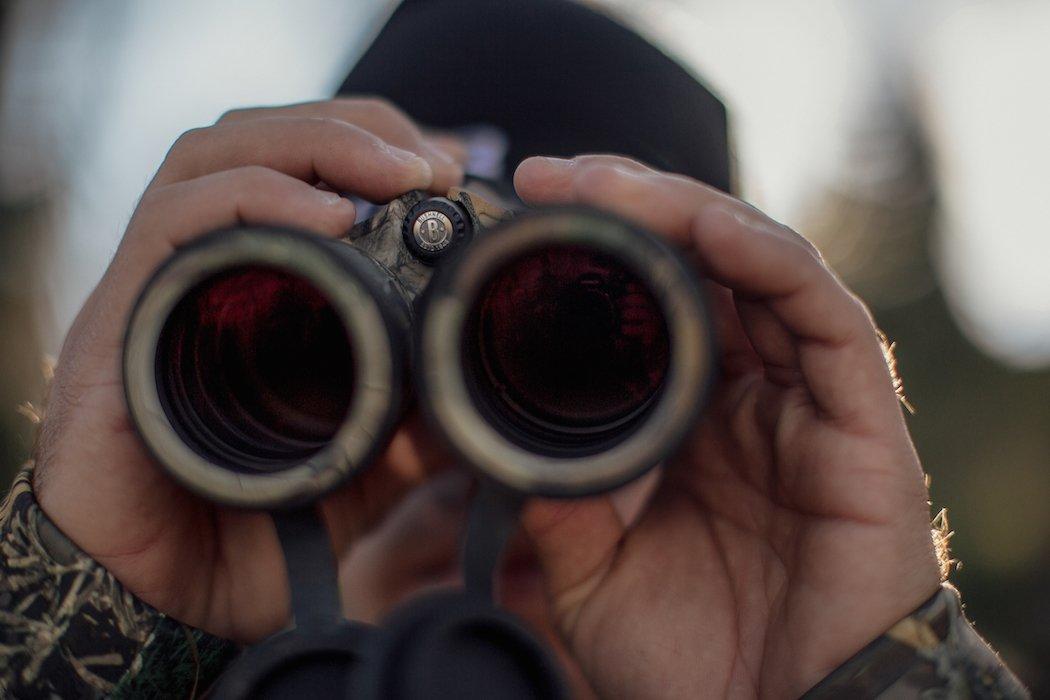Summer Scouting for Deer Is Fall Scouting
Summer may just be in its halftime, but now is the time you should be starting your fall scouting for whitetails. A lot is happening in the deer woods that you should be checking up on.
First and foremost, the deer are easy to spot now. Even in heavy cover their reddish summer coat is not hard to detect making that initial sighting easy. Secondly, if you are an early season hunter, the kind of fellow who refuses to miss opening day of bow season, you'll be pleasantly surprised to find the patterns that the deer are displaying now are very similar to that of the opener. And, of course, the more you know about an individual deer or even a section of land, the more successful you will be when the time comes.
Just like the fall, deer will be more active in the early and late hours of the day. Meaning, of course, that you should be scouting at these times. That's right, get up early, stay out late.
As a retired Army infantry officer one mantra sticks in my mind, and should in yours: Train (scout) as you will fight (hunt). In other words, if you are not going to do it during the season, don't do it now. If you will do it during the hunt be darn sure you are doing it now. Take necessary precautions.
Most people scout by simply going for a walk in the woods. This is certainly not the way you hunt, so why do it now? Yes, you want to cover some ground. You need to in order to find game trails, feeding areas, bedding sites and travel corridors. But, you need to do so wisely.
Take a lesson from the still hunters who seemingly float through the woods. Take a step or two, look, look some more and then take a few more steps. Not only will you be able to more easily creep up on a deer, or at least spot that bright white flag streaking through the woods, you'll be getting some valuable practice for the upcoming season, too.
Say you find a good looking travel corridor or a feeding site. Once found you're all set. Right? Nope. Now is the time to grab that tree stand or push together some fallen branches and construct a ground blind and hunt without a bow or gun. Get up that tree or into that blind well before sunrise and stay until the sun climbs above the trees. You'll also want to get back into the woods and look the area over from the stand in the late afternoon and evening, too.
Check on antler development. It's going strong now. The velvet covered antlers are in a growth streak so it will be easy to see just who is the big daddy in the area. When you have him pegged you can decipher his particular movements. You want to know where he beds, where he eats, where he moves when he is not bothered, and even where he moves when he is bothered. Where he moves when he's bothered is very vital information. Let's face it. You and I are not the only ones hunting. True, we may be lucky enough to hunt private land but we should still know where that deer seeks cover from disturbance.
No matter where you are scouting binoculars are vital. They can pick out movement, verify rack sizes, find folds in the terrain, and are much better than our own unaided eyesight. Good binoculars are better than bargain binoculars. They are sharper in their image definition and some come with a nifty fog-free feature. My advice, get the best you can afford. And, never, go out and buy a pair based on anyone's advice but your own.
What works for some other fellow may not be your best option. Try a number of sets out in the store before you lay down your hard-earned cash. And then use the darn things. Don't leave them hanging around your neck, or worse, in the truck. Those glasses should become every bit a part of your scouting and hunting gear as is your bow or gun.
Can you burn an area out by doing too much scouting? While some feel otherwise, I believe you can. Once you have your deer pegged take some time and scout and find another area, some other deer. Besides having another card up your sleeve to use when the season opens, you may just save yourself a major feeling of disappointment if someone scores that deer before you do.
Keep tabs on the original, maybe once every week or so, but don't over do it. Deer are incredibly aware of their surroundings. Deer know what belongs and what doesn't. We don't belong and too much scouting or frogging around will certainly drive them to more isolated areas.
Click here fore more deer hunting articles and videos.
Check us out on Facebook.








